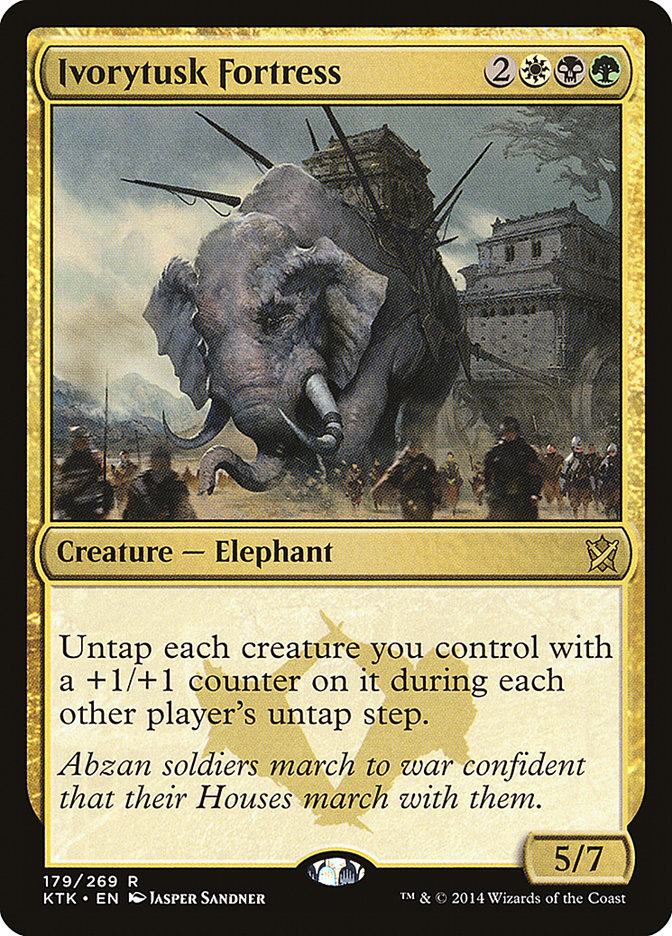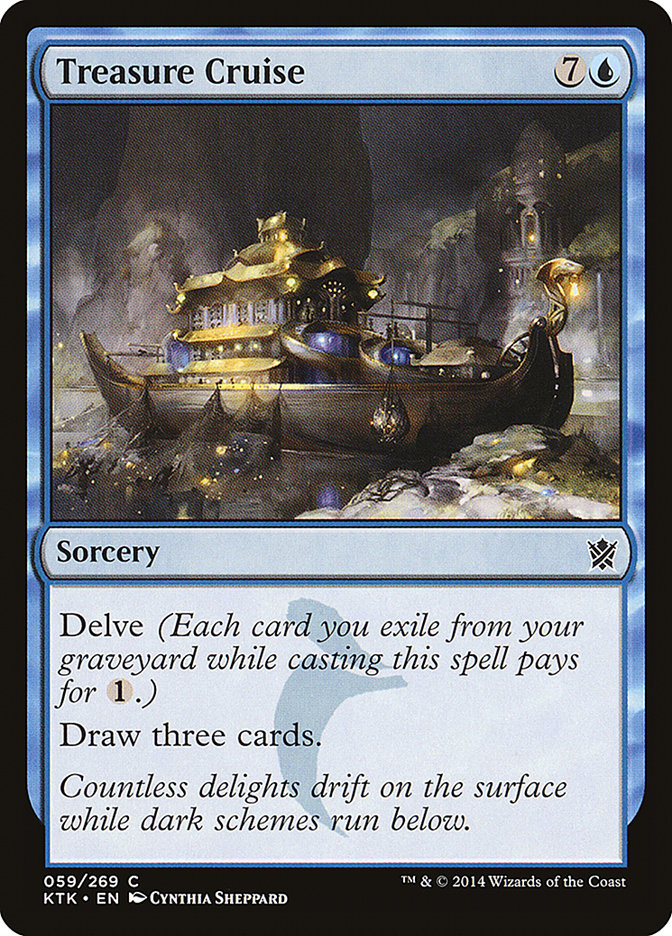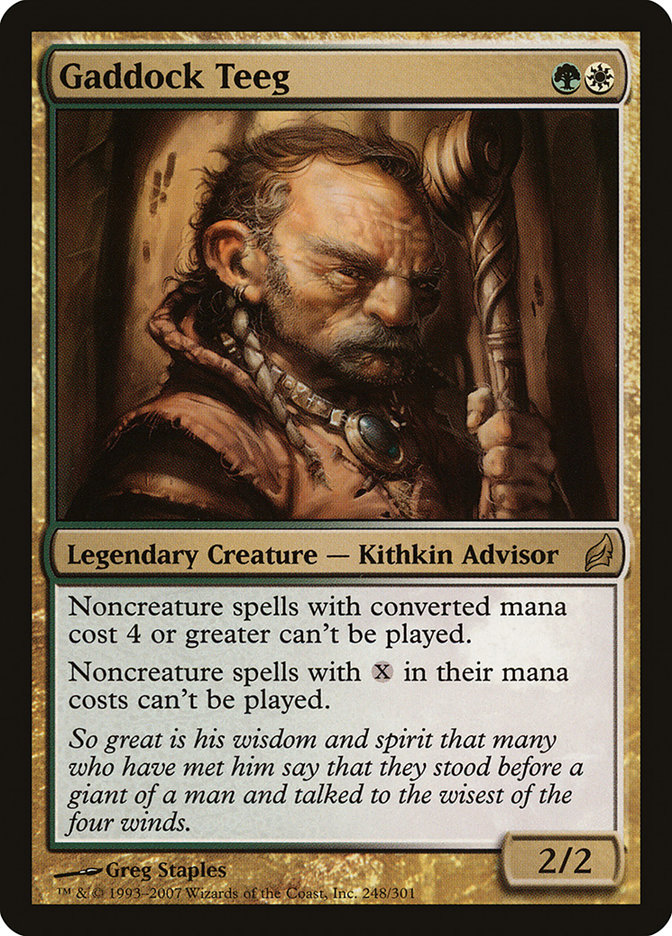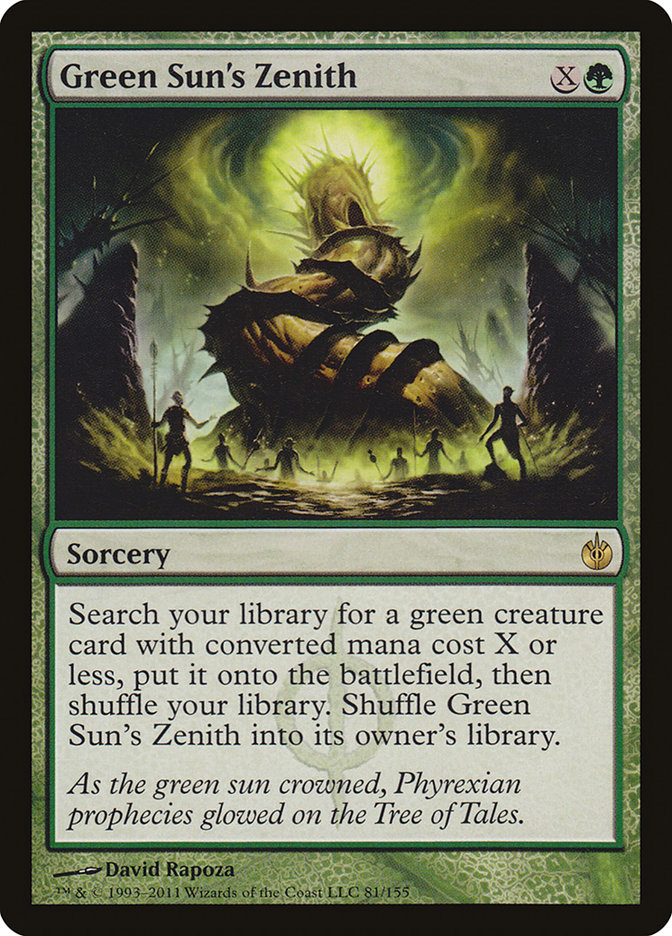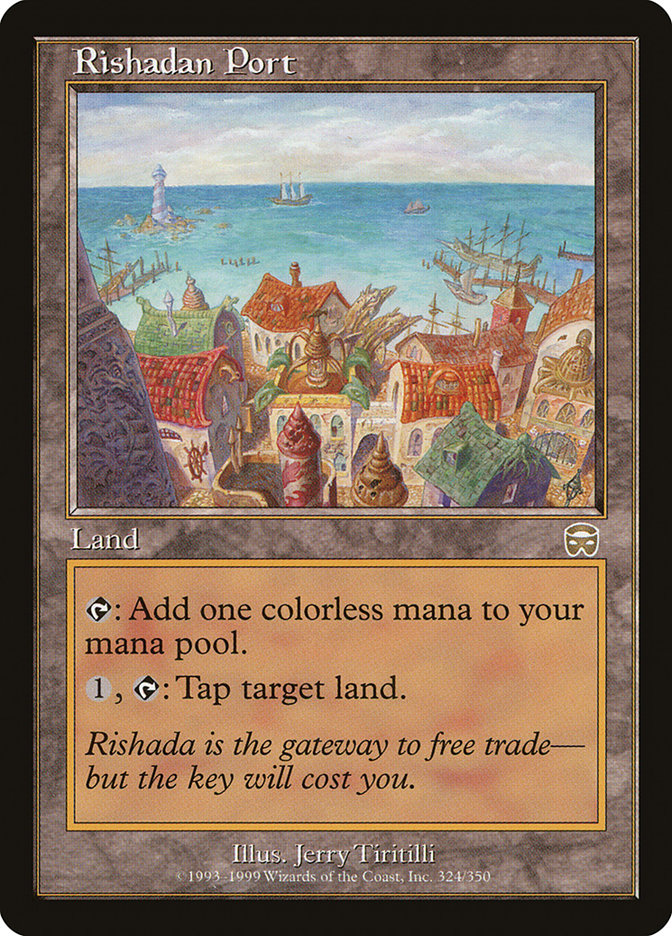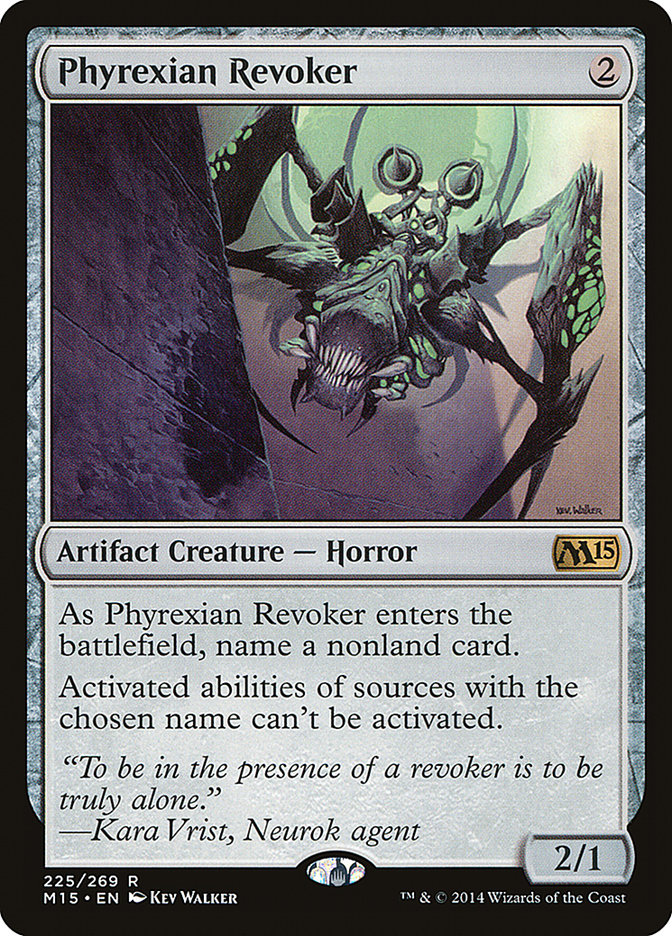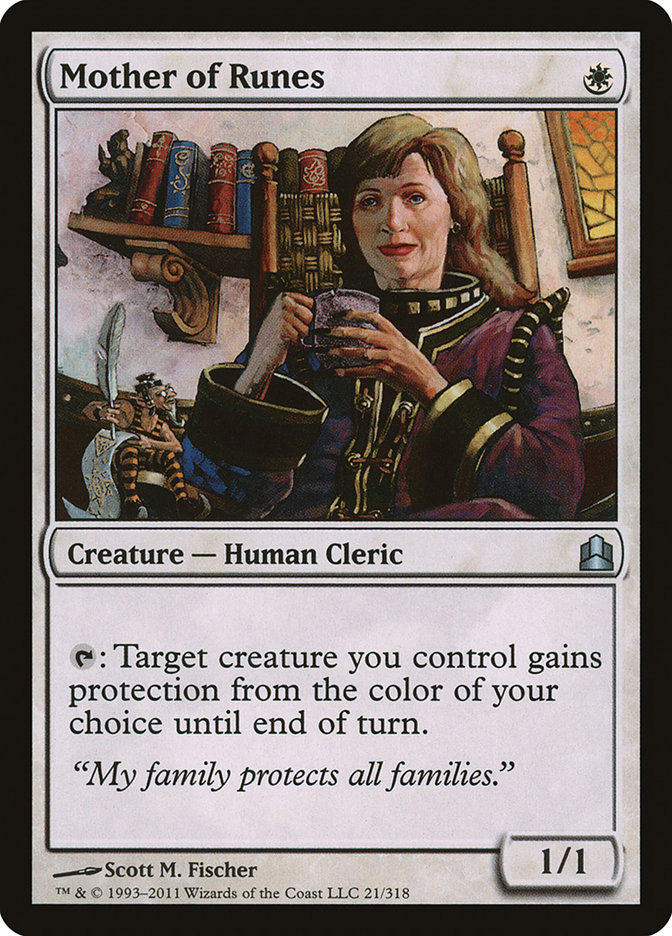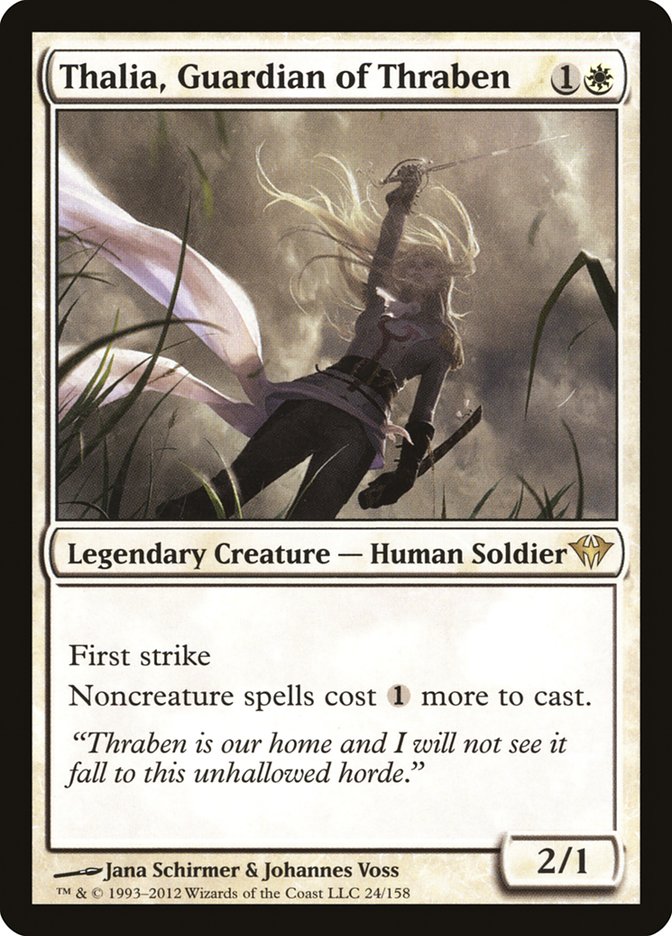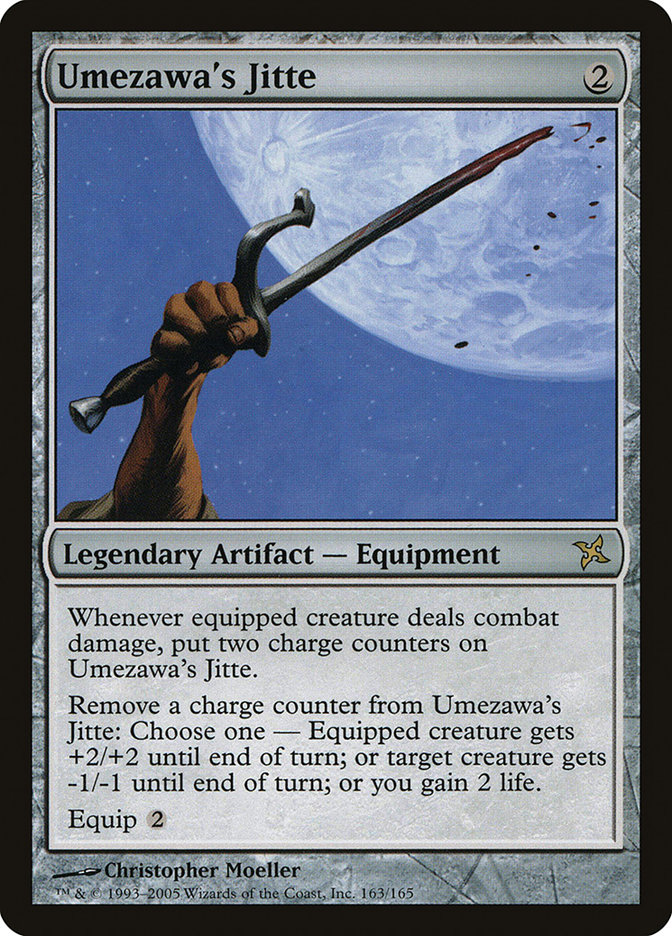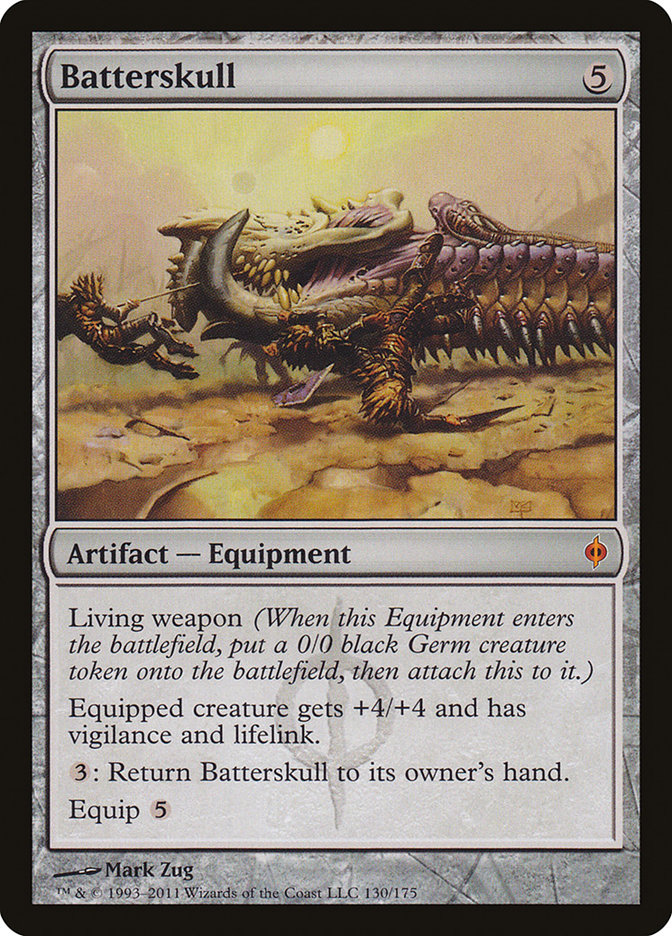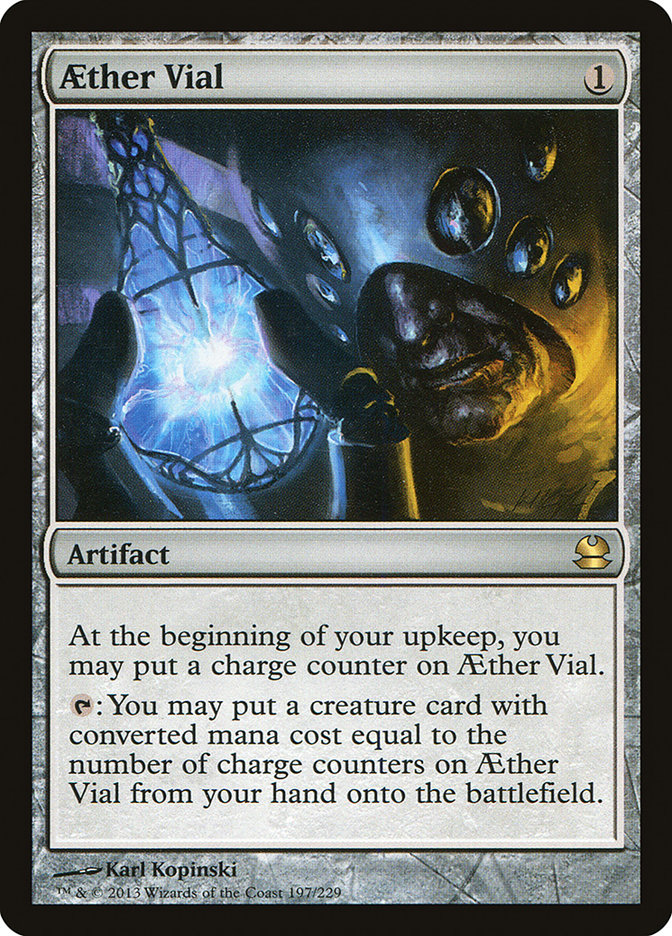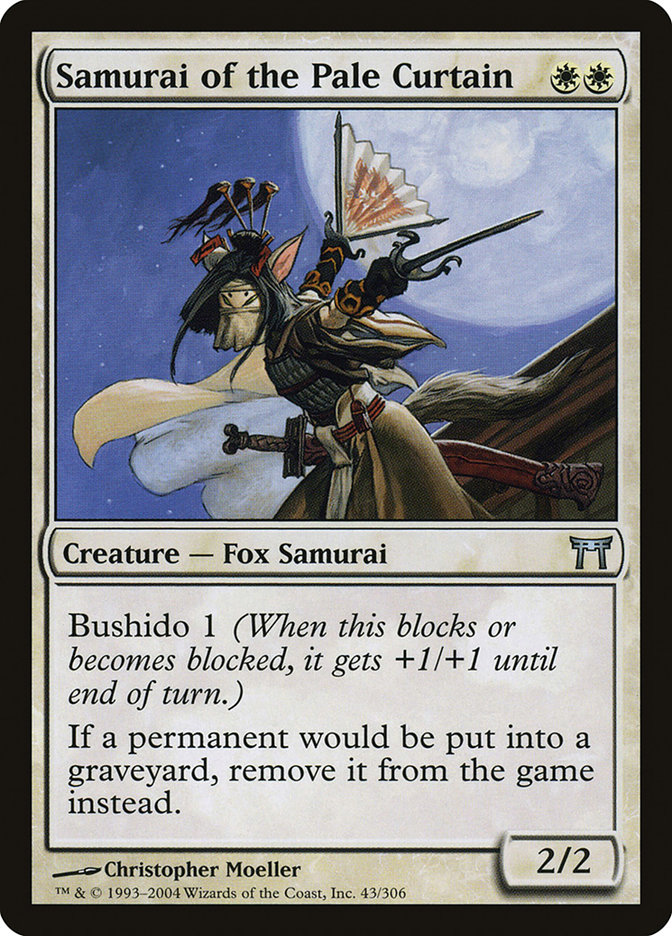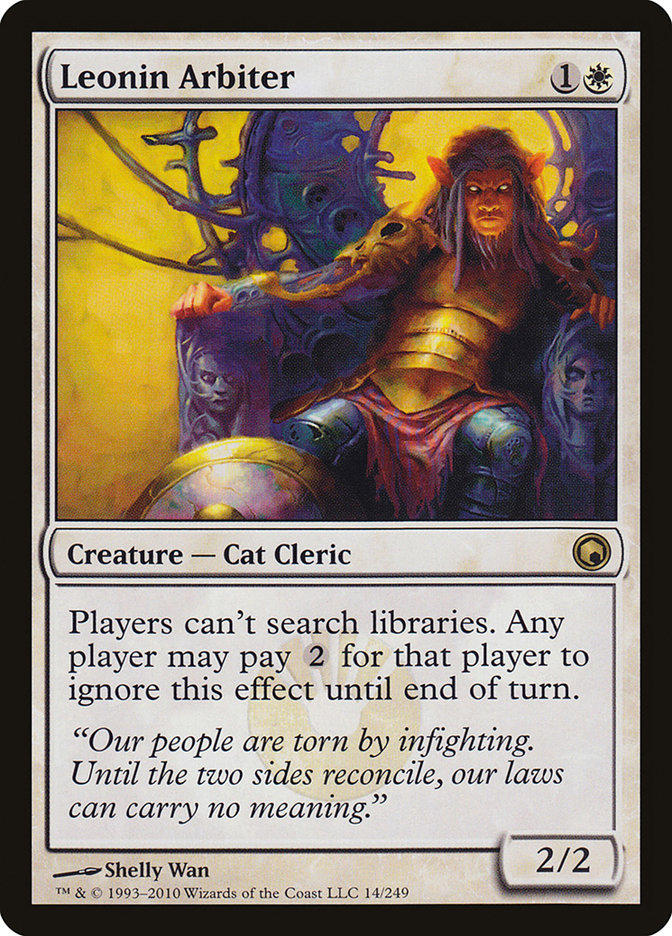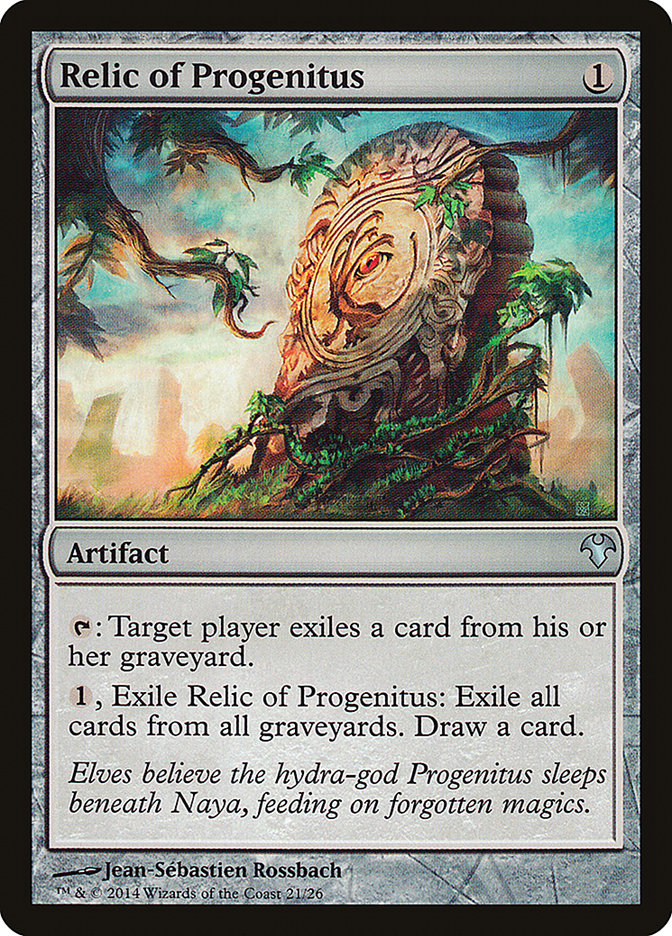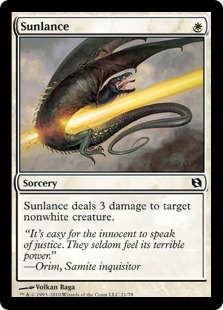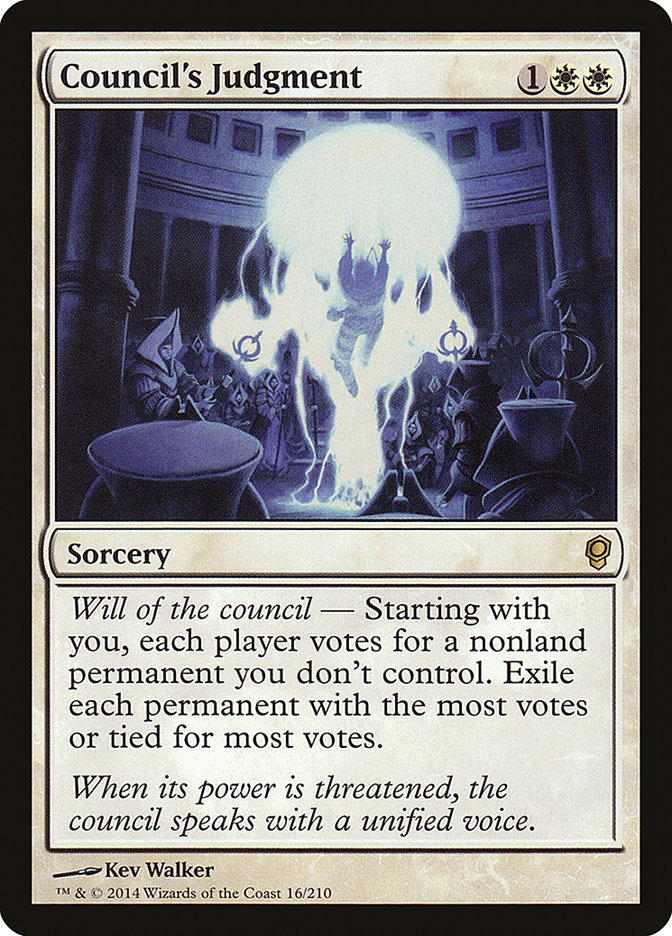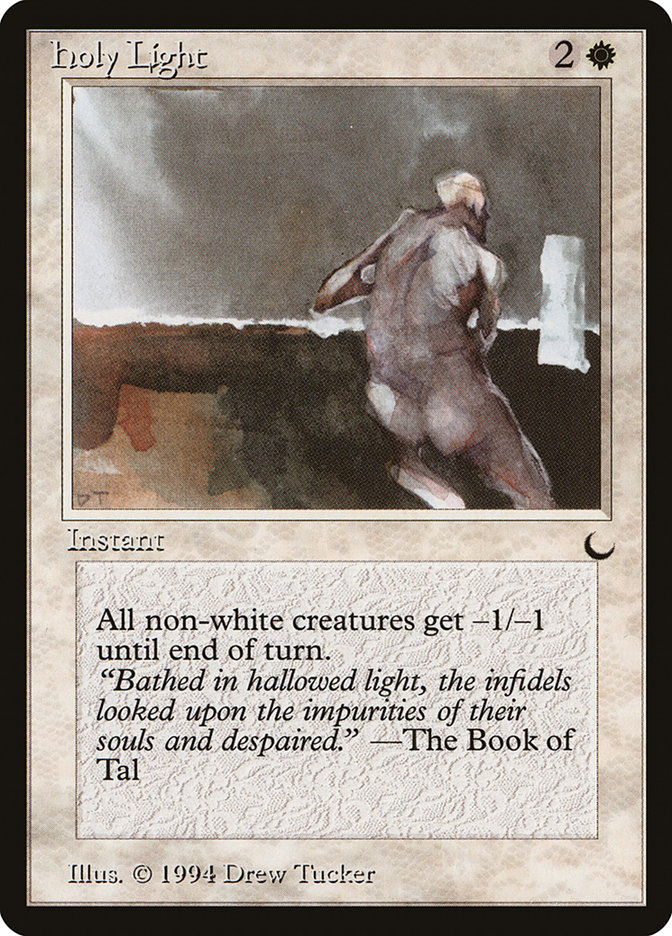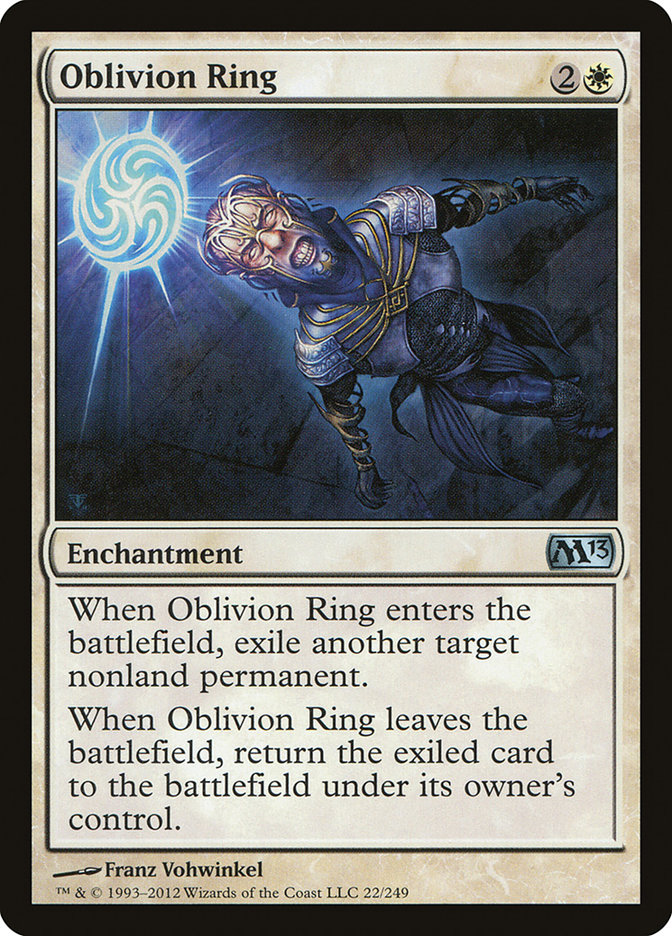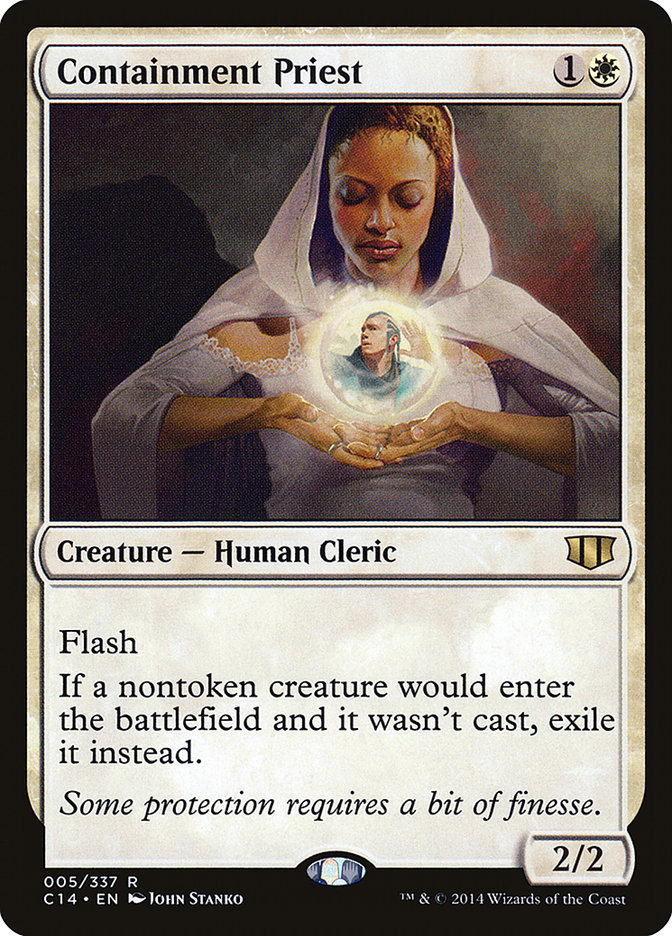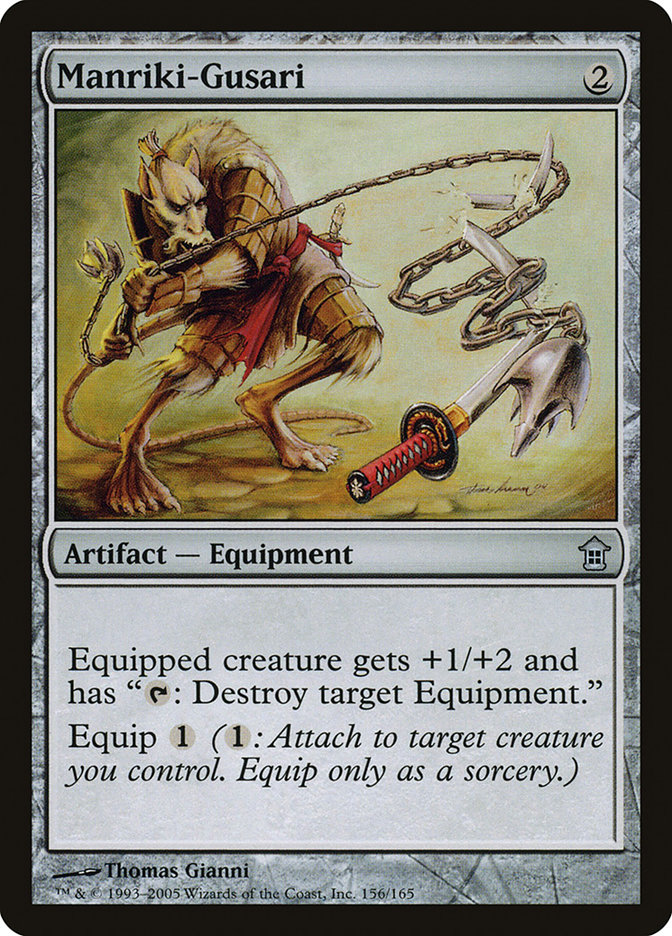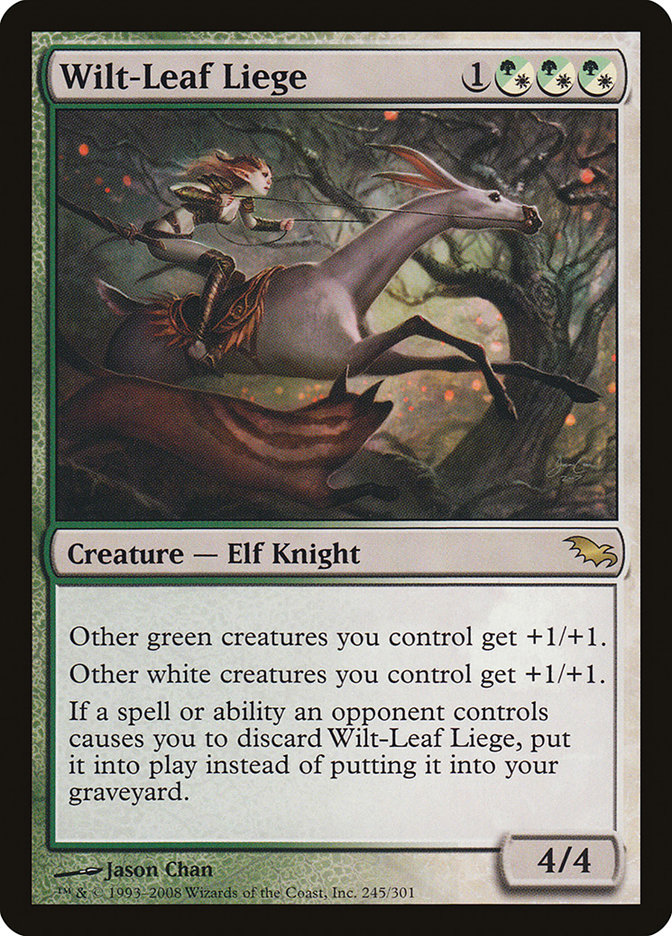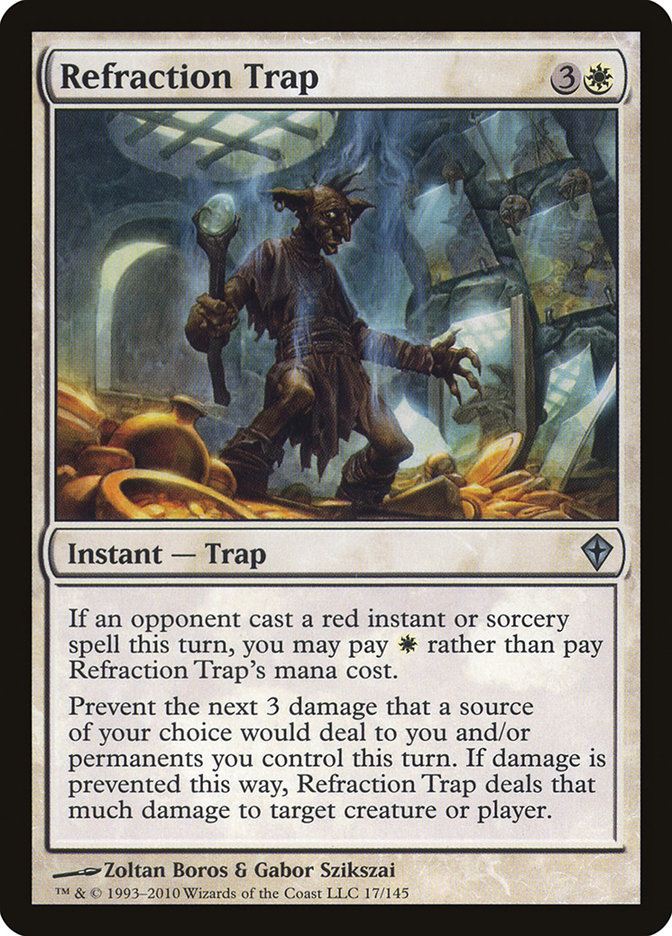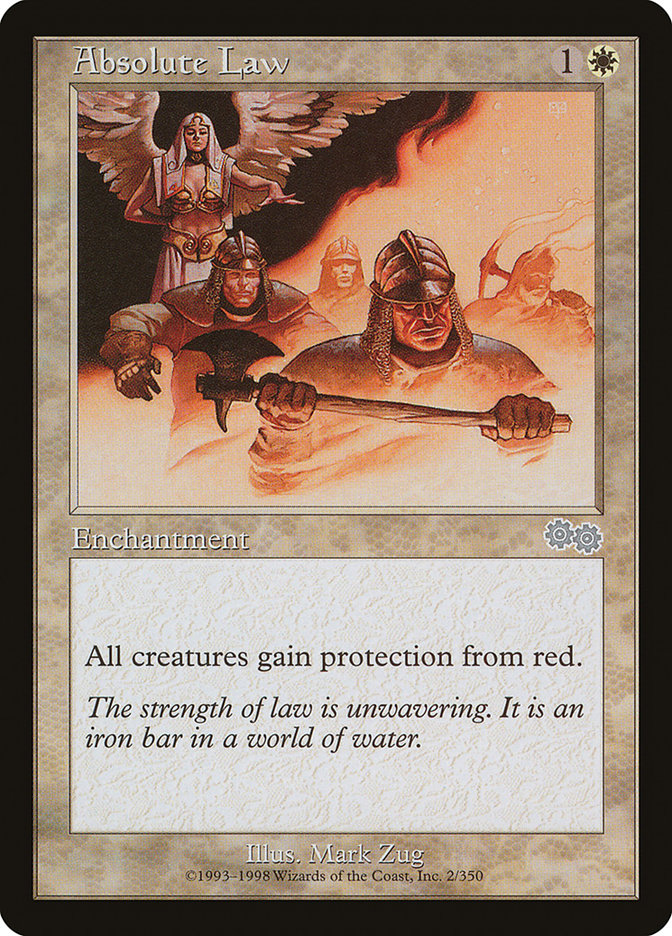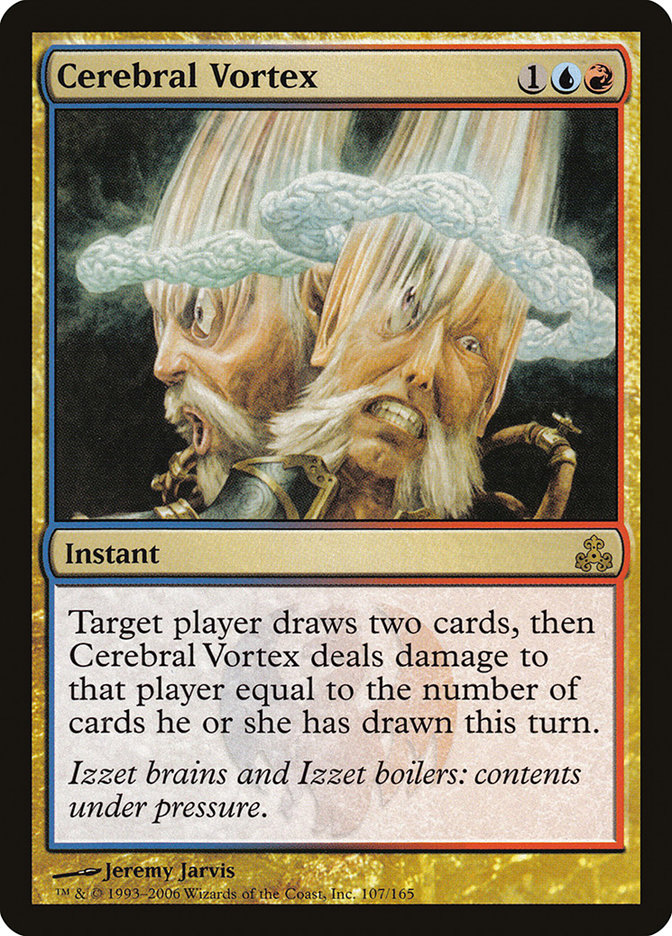I’ve had a lot of people ask me about what they should play in New Jersey.
A lot of people.
A part of the problem I’ve been having as I try to give everyone a useful answer is that I’m still wrapping my head around the elephant in the room:
No, not that Elephant (even though I love it). This one:
Treasure Cruise really knocked the format upside the head. Of course, at this point, we all know that, but the question remains: what do you do
about it?
Before Khans of Tarkir was spoiled, I was working on a nice little Jund deck that I thought might really have a place in the new Legacy. It starts to feel
pretty underwhelming though, when your discard gets so easily undone.
After Khans of Tarkir was released, Legacy was on hold for me as I prepped for Pro Tour Khans of Tarkir in Honolulu. I think the group I worked with did pretty
good, even though I feel like the work on the deck I made for
that event wasn’t quite completed. But, regardless, Legacy was on the backburner.
It seemed obvious that Treasure Cruise was a game changer and slightly less obvious than Dig Through Time would be (though still fairly clear). When
formats take such fundamental shifts, it is important to recognize just what is happening.
Let’s take a look, then, at the champions of the most recent events:
10/19 – SCG Worcester – Esper Deathblade
10/25 – Legacy Champs – U/R Delver
10/26 – SCG Minneapolis – Jeskai Delver
11-2 – SCG Oakland – DredgeDredge
11-9 – SCG Columbus – Jeskai Stoneblade
It’s only five events, but they were won by four Treasure Cruise decks and one degenerate graveyard deck. Looking at the top of the field, it is pretty
overwhelmingly Treasure Cruise-oriented. Many other authors have already talked about the best Treasure Cruise deck, and Richard Feldman did what he
does, writing an incredibly insightful article, in this
case on Dredge. My brother-from-another-mother, PSully, put the spotlight on Burn, and Patrick Chapin
basically wrote about everything under the sun, including some great stuff on things that are better than all.
One of the things that hadn’t received the kind of coverage I thought it deserved though, was Death and Taxes. I’ve written about this deck in the past,
and one of the things that I found was that it was widely misunderstood; despite the joke of the name, Death and Taxes is not a White Weenie deck. Death and Taxes plays out by shutting down options, making things harder on an opponent, turn-by-turn, so that
it becomes more difficult for an opponent to enact their plan. Along the way, it often manages to kill the opponent. Figuring out what to do with this deck
in the current environment takes some work.
Since the printing of Treasure Cruise, the deck has largely been pushed out of the format. Looking for the list in the top of the field only provides one
representative, Blake Kettle’s Top 16 finish from SCG Columbus:
Creatures (26)
- 4 Mother of Runes
- 2 Gaddock Teeg
- 2 Flickerwisp
- 4 Stoneforge Mystic
- 1 Mirran Crusader
- 2 Phyrexian Revoker
- 3 Thalia, Guardian of Thraben
- 3 Judge's Familiar
- 1 Brimaz, King of Oreskos
- 2 Spirit of the Labyrinth
- 2 Containment Priest
Lands (23)
Spells (11)

There are some interesting things going on with this list. First, let’s address the inclusion of the sole green spell in the main: Gaddock Teeg.
With three of these in the 75, it might be worth asking if this is actually a Maverick deck in disguise. Maverick and Death and Taxes, though similar, do
have a few things worth paying attention to that keep them separate decks. The big point of difference is a dedication to green (or not). This can usually
be marked by this:
Those two cards somewhat distill it. Green Sun’s Zenith implies that there is enough green in your deck that you can afford to be casting the spell many
times in a game. Rishadan Port implies that you are dedicated enough to your colors that you can afford four extra colorless land on top of the four
Wasteland (not to mention the extraneous Karakas). In Blake’s deck, there are six “true” green spells in the full 75, so it is still fair to call this
Death and Taxes.
While Gaddock Teeg does directly address Treasure Cruise (not to mention Force of Will and more), at least currently, I’m not of the opinion that
committing to another color, even minimally, is the way to go. There are actually a lot of ways in which the deck already naturally helps fight Treasure
Cruise, giving up the stability of the core of the deck seems to me like a real concern. If I was going to play Gaddock Teeg, I think I’d go all in and play Maverick.
It feels completely unsurprising that Spirit of the Labyrinth, another true answer to Treasure Cruise, also makes an appearance. To fit in the Teegs and
Spirit of the Labyrinth, some shaving was certainly done. Thalia, Guardian of Thraben and Phyrexian Revoker were each cut down. Personally, even in a world
that includes Forked Bolt, I feel pretty leery about cutting down on either of those cards, especially Thalia, but I can understand the inclination.
One real conundrum of Spirit of the Labyrinth is that it really does often feel just like an enchantment. Literally, it is an enchantment, but
practically speaking, it often doesn’t feel like it actually has a power (though it does, unfortunately, feel like it has a toughness.) Attacking with
Spirit of the Labyrinth, or successfully blocking in a way that feels good, is almost always an anomaly. While I’m fine with running some number of Spirit
of the Labyrinth, it hasn’t felt good, despite how it interacts with Treasure Cruise.
Judge’s Familiar is another shocker. This one I actually feel is very interesting, because even if an opponent plays around it, they are often sucking up
another full card in their graveyard which can make the next Treasure Cruise all that more unlikely to work. In addition, as a flier, it can
actually get in there, although a single Delver of Secrets can put quick end to that.
Containment Priest is (along with Daretti, Scrap Savant and Titania, Protector of Argoth) one of those few cards in Commander 2014 that looks like it might
be able to make a Legacy splash. Containment Priest does somewhat play the role of ‘nombo’ with the deck itself (“take that, my own Aether
Vial!”), but it can answer a lot of unfair things as well. Ultimately, I think it is a worthy card to play somewhere in the 75, though with enemy number
one being Treasure Cruise decks, I think it might best belong in the side.
From there, we see that much of Blake’s deck is fairly similar to the most common stock lists of the past, though he does play Sword of War and Peace
instead of Sword of Fire and Ice. This might be a nice call, with the amount of Jeskai out there, but it doesn’t play as well against True-Name Nemesis,
which is still a thing, after all. I very much love the lack of Serra Avenger, a card that I’ve generally felt was out of place in this deck (and which
nearly everyone I’ve talked to agrees ends up doing very
little to actually help fight Nemesis).
Overall, it feels as though red and blue are the big target, whether that means U/R Delver, Jeskai Delver, Jeskai Stoneblade, or other decks, but that
doesn’t mean that other decks don’t exist. Altogether though, when you’re aiming a gun, you need a target. Death and Taxes is a deck that aims, and so that
will be what I shoot for. One list doesn’t encompass the totality of the target, but it does a fair job of standing in for much of it:
Creatures (12)
Lands (17)
Spells (31)

This does mean that I find myself wanting three things: more cards with toughness, cards to kill Delver of Secrets, and less reliance on Phyrexian Revoker.
This is a very powerful card in Legacy – so powerful, in fact, that I often contemplate putting it into decks that are not Death and Taxes. When you look
at what it manages to accomplish in this matchup, it ends up being very underwhelming. It becomes a bit more understandable that Blake cut this
one down to make room. For my part, I’m not going to go so far as to go to only two copies, but I am going to make room.
Brimaz, King of Oreskos actually looks very well-positioned, able to be a solid card against a Lightning Bolt, decent against True-Name Nemesis, and able
to close the game quickly. Other closers exist, of course, Mirran Crusader probably first among them. Right now though, Mirran Crusader just feels
incredibly fragile, and I’d rather have Mystic Crusader and any number of other creatures than that.
I almost find myself wanting to follow suit with Blake and drop Sword of Fire and Ice, a powerful card, but one that wasn’t seeing play in the world before
True-Name Nemesis simply because the deck didn’t generally need that kind of weapon. Even though Sword of Fire and Ice is primarily included these days to
deal with the Nemesis problem, the fact that it is a Sword opposing the primary colors we want to oppose makes me go back to it, especially because the
card is just generally good.
Of course, there are the other cards I view as essential untouchables:
To this, the land, and the cards I’ve already mentioned, I have about nine slots to play with, all trying to serve several masters. The cards must be
generally useful, there should be sufficient flying to deal with Delver of Secrets, and I wouldn’t mind a little more toughness in my utility.
I ended up at five fliers after analyzing some of the lists that have done well in online events. Some ran four, some ran six, one ran seven. The
most reliable fliers of note are Flickerwisp and Aven Mindcensor, though in the right metagame, I’d also include Hushwing Gryff. Since I actively am trying
to fight Delver (and Treasure Cruise), Aven Mindcensor seems like the better choice, though I still want at least 2 Flickerwisp to be able to do some minor
shenanigans (I’m still on board with Mangara of Corondor, for example).
After all of those cards are in the mix, I still have room for three final cards to round out the list and that is without even adding in Spirit of the
Labyrinth. As I said already, this card has felt pretty underwhelming to me, so I wanted to supplement the card with other non-Spirit cards that could help
in part fight against Treasure Cruise but might have some other applications as well.
Two cards that ended up coming to mind were Samurai of the Pale Curtain and Leonin Arbiter.
Sammy and Leo are both just generally disruptive cards to a number of strategies. Like Spirit of the Labyrinth though, they have really huge diminishing
returns (Leonin Arbiter has the smallest of these since its abilities stack, but often the first one shuts things down completely). Samurai of the Pale
Curtain can end up having a number of powerful impacts on many gamestates, and the minor monkeying with the graveyard can have a game-affecting impact.
Leonin Arbiter supports Aven Mindcensor in putting people off of their game, and the only place it ‘nombos’ with this deck is Stoneforge Mystic, which you
can plan for.
Putting it all together, I have my list.
Creatures (26)
- 4 Mother of Runes
- 1 Samurai of the Pale Curtain
- 1 Mangara of Corondor
- 3 Aven Mindcensor
- 2 Flickerwisp
- 4 Stoneforge Mystic
- 1 Leonin Arbiter
- 3 Phyrexian Revoker
- 4 Thalia, Guardian of Thraben
- 2 Brimaz, King of Oreskos
- 1 Spirit of the Labyrinth
Lands (23)
Spells (11)

The sideboard here, as is always the case with Death and Taxes, is a pretty difficult set of decisions. There are a lot of cards to think about.
One of the first things that I thought was important to do was include this set of three cards:
This is a classic part of the “Thomas Enevoldsen” original anti-graveyard sideboarding. In recent years, a lot of people have cut this down to some
combination of two of these cards, but especially given the nature of the current metagame, it just seems to make sense to not skimp and run all three.
These two cards fit into the idea of “more of the same.” Swords to Plowshares seekers most often end up at Path to Exile when they are hunting for an
analog to the best removal ever, but in a Rishadan Port/Wasteland/Thalia deck, Path to Exile is a horrible idea; Sunlance does the trick for many of the
early critters you want to hit, underpowered though it is. Phyrexian Revoker number four is Phyrexian Revoker number four; sometimes you just want one
more. If the metagame weren’t so particular, I’d have all four in the main.
This is a set of semi-catchalls/semi-anti-Nemesis cards. Council’s Judgment and Holy Light are there specifically for True-Name Nemesis, but Holy Light
actually is a great way to catch up in any number of matchups, whether it is versus Young Pyromancer, True-Name Nemesis, or a gaggle of Elves. Conversely,
Council’s Judgment and Oblivion Ring can be used in any old situation, just as an answer to a card, with Oblivion Ring also being a great card against
Sneak and Show.
Answer cards. In some ways, Containment Priest is the “extra” Oblivion Ring, in the way that it can be so powerful against Sneak and Show, but it is
versatile enough against other decks that I think it warrants a slot. If it didn’t also hurt Death and Taxes itself, I’d probably run more. Manriki-Gusari
is a great weapon against Stoneforge Mystic, and can be a way that you can contain True-Name Nemesis (a card that is only horribly frightening to this deck
if it is carrying something), but the card is also a little cumbersome and often can’t catch up when there are out-of-control equipment. If you prefer, you
could switch this over to Ethersworn Canonist, but I cut that card because it seems like Force of Will is so prevalent, it is containing the decks that
Ethersworn Canonist is good against. One copy of Ethersworn Canonist is really only a nod, and I can imagine keeping the card on the bench; the effect is
narrow enough that I don’t see the need for more any copies unless Storm-based decks really go on an uptick.
Here we have the cards that give the deck a touch of jiu-jutsu. A lot of people are going to try to do things that mess with how this deck operates. These
cards are ways to keep that from working. Absolute Law is a total nightmare for someone hoping to contain your creatures with burn, and Wilt-Leaf Liege
certainly helps contribute to that, as well as being great against Golgari Charm, Sulfur Elemental, Dread of Night, or other hate. Refraction Trap is
narrow, but it seems appropriate in the current universe as packed with red damage as it is.
I’m still not 100% certain that I’d play Death and Taxes at Grand Prix New Jersey. I have a lot of interest in Jeskai Stoneblade, Burn (both mono-red and
red/blue varieties), and I’m still interested in fixing my Jund deck for the new world of Treasure Cruise. However, if I were to play Death and Taxes, I’d
play something very close to the above list (give or take those final decisions based on metagame).
Instead, this weekend, I’ll be in Minneapolis, playing in a double feature event: Saturday a SCG Premier IQ, and Sunday a PTQ! I’m pretty pumped to be playing at the
Fantasy Flight Games Event Center for the first time, so if you’ll be up there, make sure to say hello!
One last fun bit of brain candy for all of you playing Legacy this weekend. It wasn’t so long ago, I did pretty well with U/R Delver, and had
a lot of success with this card:
Enjoy!


